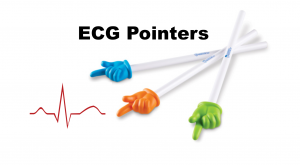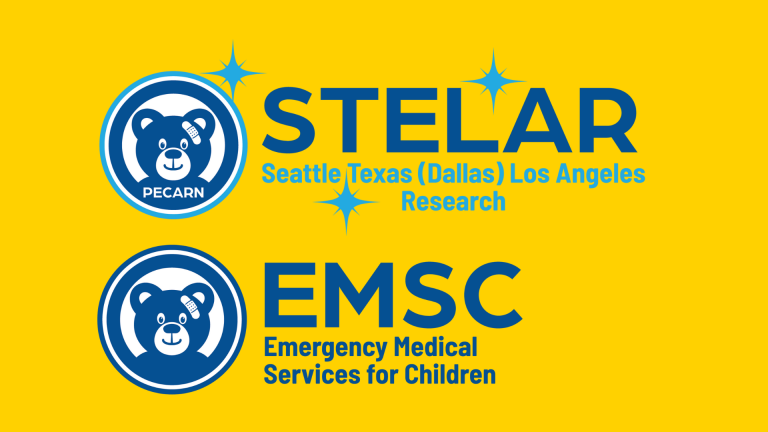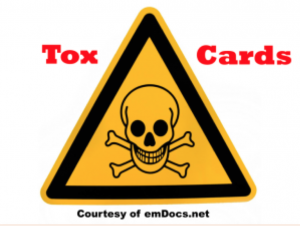Featured

EM@3AM: Bradypnea
- 12 min read
- 0 comment
A 53-year-old male with hyperlipidemia and cervical stenosis presents with dyspnea, which has been worsening since his cervical spinal fusion 6 days ago. He states he is very fatigued and feels as though he cannot get a deep breath. Vital signs revealed a BP of 136/76, HR of 88, RR...
WRITE FOR EMDOCS
We are actively recruiting both new topics and authors.
This project is rolling and you can submit an idea or write-up anytime!
Contact us at editors@emdocs.net
Articles

Join our Newsletter
Keep up to date on all of the latest new articles, studies, and Podcasts.
Popular Posts
-
 30 Aug 2021 0Lactated Ringers versus Normal Saline: Myths and Pearls in the ED
30 Aug 2021 0Lactated Ringers versus Normal Saline: Myths and Pearls in the ED -
 11 May 2022 0ECG Pointers: Atrial Fibrillation with Aberrancy
11 May 2022 0ECG Pointers: Atrial Fibrillation with Aberrancy -
 07 Sep 2016 0Strep Throat Mimics: Pearls & Pitfalls
07 Sep 2016 0Strep Throat Mimics: Pearls & Pitfalls -
 19 Oct 2020 0Puncture Wounds: ED presentations, evaluation, and management
19 Oct 2020 0Puncture Wounds: ED presentations, evaluation, and management -
 18 Jul 2016 0What’s that Rash? An approach to dangerous rashes based on morphology
18 Jul 2016 0What’s that Rash? An approach to dangerous rashes based on morphology
Popular Categories
Podcasts

- By: Jennifer Fishe
- Date: June 23, 2025
PECARN STELAR Podcast – Episode 4: How Researchers Conduct Implementation Science Research
- 2 min read
- 0 comment
Implementation science is the scientific study of how people adopt practices. In healthcare this typically refers to translating evidence based practices into clinical care. Dr....

- By: Jess Pelletier
- Date: June 2, 2025
emDOCs Podcast – Episode 121: Ebola Virus Disease
- 8 min read
- 0 comment
Jess Pelletier and Brit Long cover Ebola: when should you suspect this, what is the evaluation, and what is the treatment?

- By: Brit Long
- Date: May 19, 2025
emDOCs Podcast – Episode 120: Stevens-Johnson Syndrome and Toxic Epidermal Necrolysis
- 8 min read
- 0 comment
The emDOCs podcast covers SJS and TEN.

- By: Rachel Bridwell
- Date: May 6, 2025
emDOCs Podcast – Episode 119: Left Ventricular Outflow Tract Obstruction
- 6 min read
- 0 comment
Rachel Bridwell and Brit Long cover the challenging condition of left ventricular outflow tract obstruction in today's podcast.




